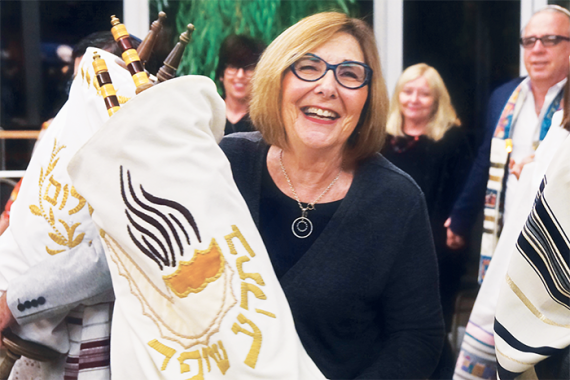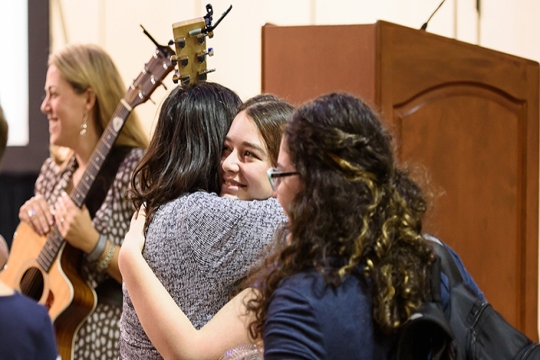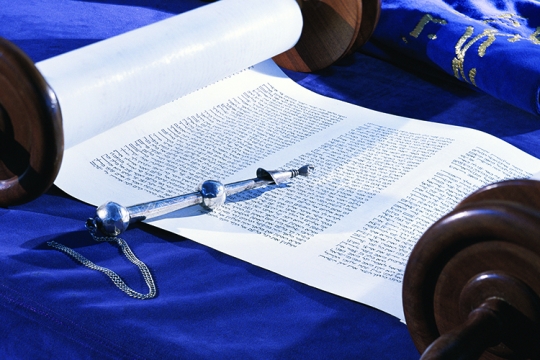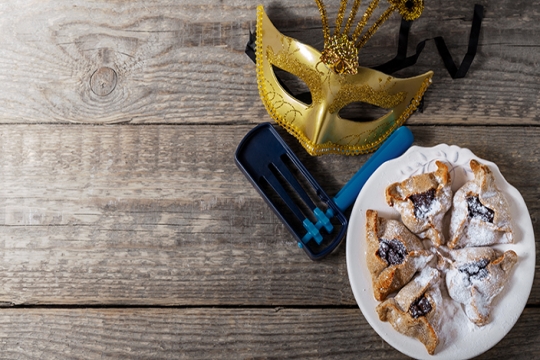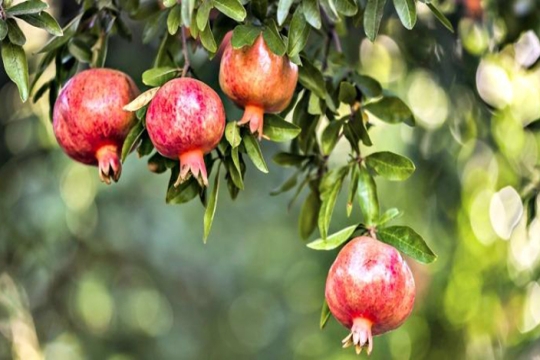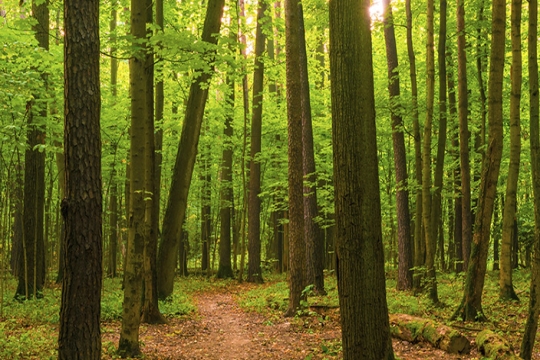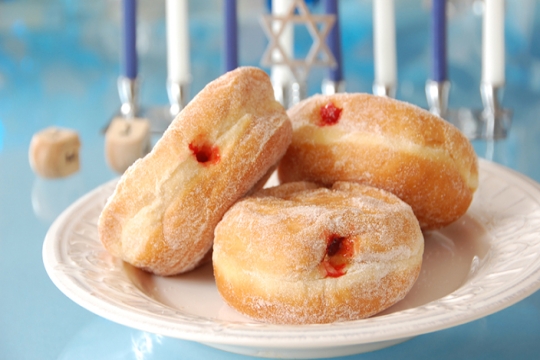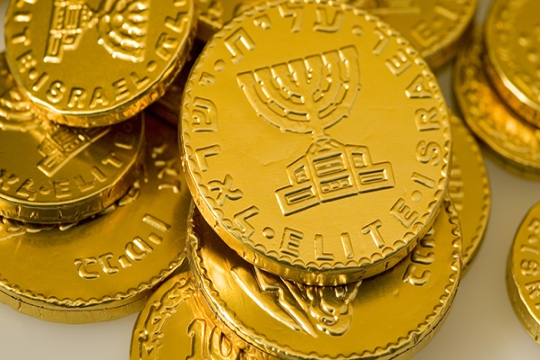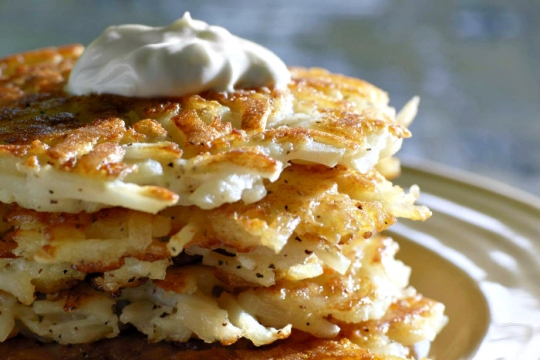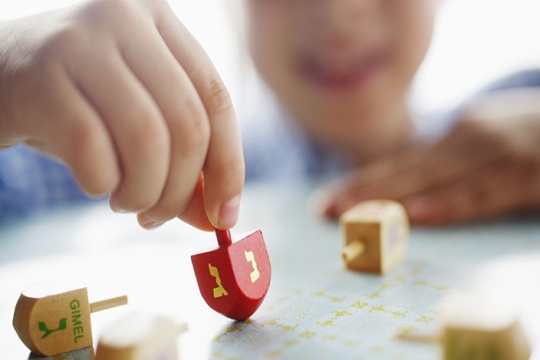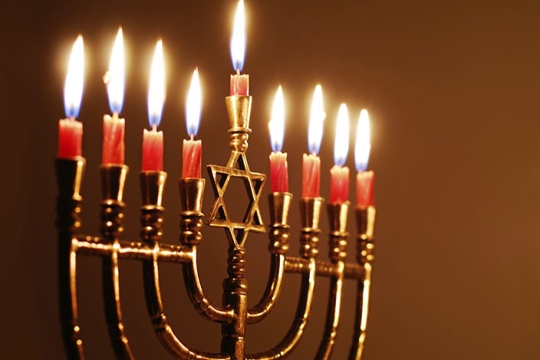I was invited to celebrate a bar mitzvah for an 83-year-old. Where does this tradition come from?
It's never too late for a Jewish person to celebrate becoming bar, bat, or bet mitzvah! Many Jews celebrate as adults, if they didn't have the opportunity to celebrate when they were 13.
What Greetings are Appropriate on Rosh HaShanah and Yom Kippur?
Here are the appropriate greetings for the Jewish new year and the Day of Atonement.
Why Do We Observe Shavuot by Studying All Night?
Since the Rabbinic period, Shavuot has been tied to the story of the Israelites receiving the Torah at Sinai. Because of this, Shavuot has come to be dedicated to the idea of Torah study and Jewish education. One custom is an all-night (or late night) study session held on the
Beyond the revelry, is there a more serious side to observing Purim?
As joyous as the holiday is, it is also a time for serious reflection on the duties of a Jew toward their community, particularly in a post-Holocaust world. The day before the holiday is a minor fast day, the Fast of Esther, timed to coincide with Esther’s own fast on
Why is caring for the environment emphasized on Tu BiShvat?
Tu BiShvat is a minor festival whose provenance dates only to the time of the Second Temple. However, the kabbalists who clustered around the great fifteenth-century mystic Isaac Luria of Safed placed great weight on the holiday, creating new festivities, gatherings at which hymns were sung, fruit (particularly carob) was eaten, and four cups of wine were taken (as in the Passover seder).
Why do we celebrate Tu BiShvat, the Jewish “New Year of the Trees,” in the middle of winter?
Tu BiShvat, called the "New Year of the Trees," falls at a seemingly incongruous time of year.
What are sufganiyot?
Sufganiyot are donuts, usually jelly-filled, that commemorate the miracle associated with the oil that burned for eight days in the Hanukkah story. Foods cooked in oil are traditionally eaten during Hanukkah. Watch this Bimbam video to learn more:
What is gelt?
Gelt is chocolate coins given to Jewish children on the festival of Hanukkah. They are usually wrapped in gold foil, and their history can be traced back to the decision of the Hasmoneans to mint their own nation’s coins after their military victory over the Greek Syrians. Gelt is often used to gamble with in the game of dreidel.
What is a latke?
A latke is a potato pancake fried in oil, and is a traditional food eaten to celebrate the miracle of the oil in the story of Hanukkah. Foods cooked in oil serve as a symbol of the legend of the jar of oil that lasted for eight days.
What is a dreidel?
The word dreidel derives from a German word meaning “spinning top,” and is the toy used in a Hanukkah game adapted from an old German gambling game. Hanukkah was one of the few times of the year when rabbis permitted games of chance. The four sides of the top bear four Hebrew letters: nun, gimmel, hey, and shin. Players begin by putting into a central pot or “kitty” a certain number of coins, chocolate money known as gelt, nuts, buttons or other small objects.
What is a menorah, or a hanukkiyah?
A menorah is a candelabra, and can be used for Hanukkah if it has nine stems. Another word for a Hanukkah menorah is hanukkiyah. A hanukkiyah has one stem for each of the eight days of Hanukkah, and one for the shamash, or “the helper candle” that is used to light the other candles. Candles are added each night from right to left and they are lit from left to right.

